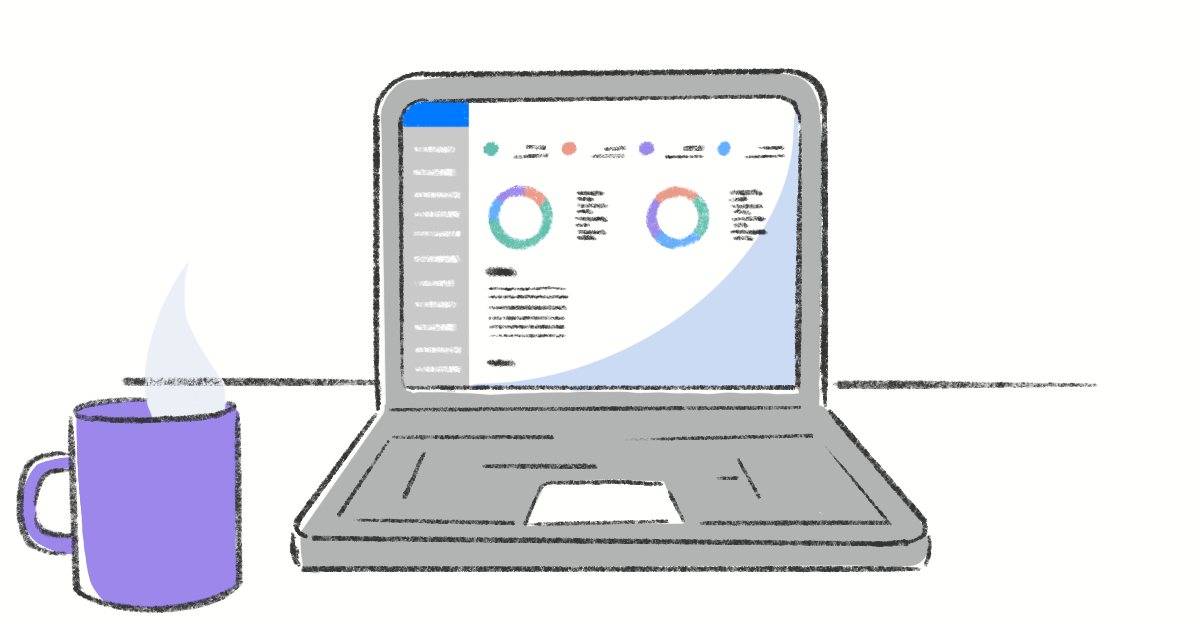In today’s business world, we all know that making online payments is not secure. To protect your business payment systems and optimize PCI compliance, tokenization technology has been introduced. It is more than just a security technology as it dramatically boosts data security and lowers PCI DSS audit costs and scope.
In this post, we are going to talk about tokenization in detail. So let’s get started without any delay.
What is Tokenization?
Tokenization is a solution that blocks credit card numbers entered into a business payment acceptance system and changes credit card numbers with a token. This token is used as the actual card to support client requests and facilitate reporting without disturbing regular operations. However, the randomly created tokens have no value or meaning to hackers on the occasion of a data breach.
Moreover, tokenization makes the process of accepting payments secure and more accessible. It helps in establishing a smooth payment experience and satisfied clients. Tokenization lowers risk from data breaches, minimizes red tape, helps foster trust with consumers, and drives technology behind top payment services, such as mobile wallets. Some features of tokenization are as follows:
- Protects the sensitive data
- Eliminates source systems from PCI compliance
- Lowers the effort and expenses to manage PCI DSS compliance
What is the Purpose of Tokenization
The purpose of tokenization is to eliminate any personal or original sensitive payment data from your enterprise system, replace each information set with a token, and store the data in a safe cloud space – separate from your corporate systems. When you proceed with the payment using a token stored in the system, only the tokenization system can interchange the token with the PAN (Primary Account Number) and send it to the payment processor for approval. Also, your tokenization systems never record, store, or transfer the PAN – but just the token.
How Tokenization Works
As mentioned, tokenization replaces the credit card number with a token (randomly generated code), which does not make any sense to hackers.
Businesses use tokenization to impede raw card numbers from entering the system of the merchant. When a field with raw card number entry appears, the online payment system introduces a secure browse column, catches the number outside the merchant’s ERP application, retrieves & stores it effectively, and returns a token or T in its place.
Tokenization allows the application to include no usable credit card values, only tokens. It lowers the number of audit items by 60% – saving significant time and money. A system without raw credit card values may approve for SAQ (Self Assessment Questionnaire) with 139 questions instead of SAQ D with 326 questions. Moreover, unlike an encrypted card value, a token or automatically generated code cannot be reverse-engineered to disclose the actual card number.
Does Tokenization Suit My Business?
Tokenization is suitable for all companies with subscription-based models or businesses that produce significant revenue with repeat clients. Also, if you want to offer your customers a smooth experience at the checkout stage after shopping, you may consider investing in tokenization. With this system, tokens can be stored securely and used to activate “one-click” payments for future transactions – delivering an even shopping experience.
Top Reasons to Use Tokenization
Tokenization offers several advantages for different types of businesses. Some of the key benefits are as follows:
- Increased Security: Tokenization increases the security of a payment system. In case someone manages to steal tokenized information, he cannot use that stolen token to make online payments as they are not able to associate the token to payment data stored by the payment partner.
- Cost Savings: Tokenization reduces the burden of optimizing the data of cardholders. Thus lowering the expenses associated with meeting and monitoring PCI (Payment Card Industry) compliance.
- One-Click Payment Process: Tokenization allows businesses to provide shoppers with the possibility to securely save their payment information. That means they do not need to enter their card details repeatedly, every time they make any purchase. One-click payment setup significantly improves the conversion rate at the checkout page by streamlining the payment procedure for shoppers.
- Foster Trust with Clients: Clients do not want their sensitive payment information falling into the wrong hands. People always want security and safety – no matter where they shop. With significant fraud threats in today’s business world, establishing loyalty and trust with clients starts with keeping their personal and payment information safe. As per a study via CA Technologies/Frost & Sullivan, 59% of customers said that the data breach had an adverse impact on their trust in the target business. The use of advanced security systems, such as tokenization, not only avoids the worst scenario of a data breach but also fosters client trust.
Conclusion
Hopefully, this post has helped businesses understand tokenization and how it can simplify PCI compliance while lowering liability, risks, and overhead. Tokenization enables you to outsource the storage and handling of confidential information to a secure third party for optimum compliance and security. This advanced technology ensures that your payment environment or system is free of sensitive data to significantly lower risks linked to a data breach.
Moreover, the tokenization is uniquely designed to accept and tokenize confidential information, resulting in a detailed compliance and security solution that delivers unparalleled flexibility for security experts in healthcare, insurance, retail, e-commerce, and more.










